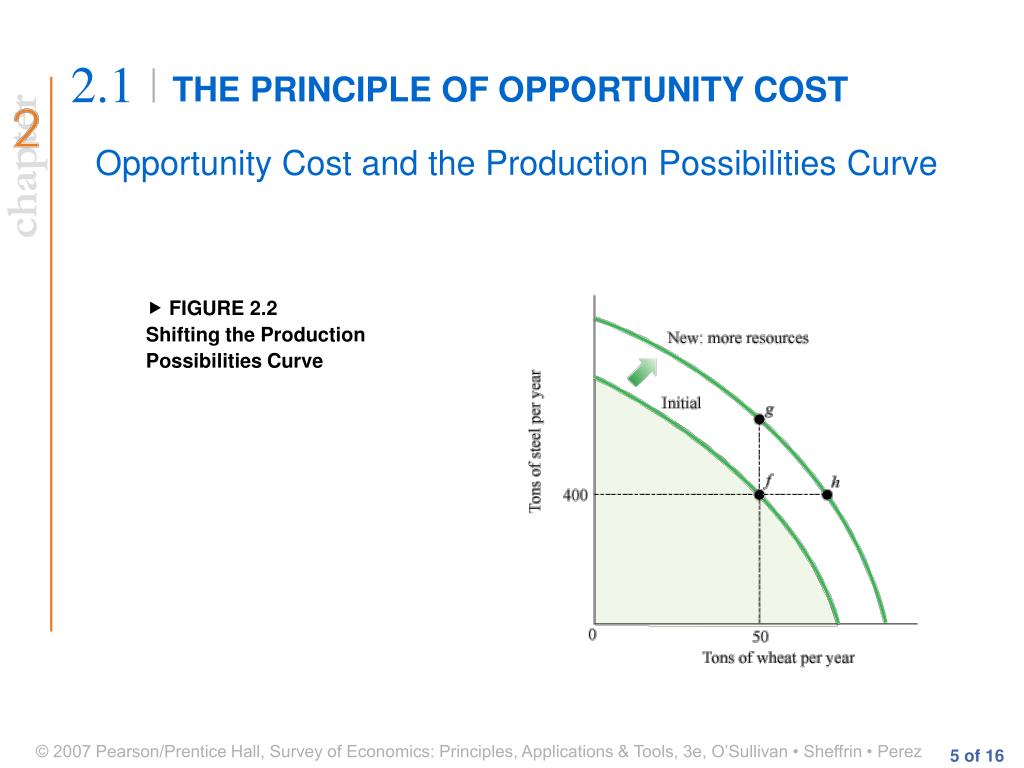
The primary one, of course, is that most people cannot agree on what an asset's present value is, whereas the price paid as the asset's acquisition cost is beyond dispute (in most cases).Īccordingly, recording assets at acquisition cost meets the convention of objectivity. It is worthwhile to ask why the cost concept of accounting is still adopted, especially given that it appears to be inconsistent with the relevance convention (i.e., because present values are relevant to most end-users). Cost Concept and the Relevance Convention Since every end-user aims to know the value of an enterprise's assets, it is logical to suggest that if the present value of assets is not shown in a balance sheet, then it fails to achieve the primary objective of communicating the worth of the enterprise. In the above example, if the cost concept of accounting is followed, the company's balance sheet will always show only the acquisition cost and not the present worth or value of the land.

Further suppose that the price of the land increases (e.g., twice the original cost in two years). However, an exception to this rule is the diminution in value that may arise from the depreciation of assets.įor example, suppose that a piece of land is acquired by a business at a specific price and, accordingly, is recorded as an asset in the books at that cost. Notably, since assets are recorded at the cost of acquisition, any future increase or decrease in their values is not recorded in the balance sheet. However, if the goodwill of another organization is purchased at a price, then following the cost principle, it will appear as an asset in the company's balance sheet. To elaborate on this concept, if an asset does not cost anything (i.e., no money is paid for its acquisition), it would not be recorded in the company's books.įor this reason, assets such as an organization's technological skills, managerial capabilities, brands, and goodwill are not recorded as assets. The cost concept of accounting can be characterized best by saying that for accounting purposes, all transactions are recorded at their monetary cost of acquisition (i.e., the price paid for acquiring an asset or receiving services). Characteristics of the Cost Concept of Accounting The cost of an item may be different compared to its true value, but since figuring out the true value would be subjective, stating the assets at historical cost is generally accepted as a fair way to maintain records.įollowing the cost concept of accounting means that unless there are special reasons for doing otherwise, the assumption should be made that the cost of an item is its true value, and all accounting entries should be made at cost. However, there are also some limitations to the cost concept of accounting.įor example, in the context of inflation, the cost concept of accounting would lead to an overstatement of net profit.ĭespite its limitations, the cost concept of accounting is regarded as the best option when compared to the available alternatives. Under this concept, stability in asset prices while recording is achieved.

Under the cost concept of accounting, an asset should be recorded at the cost at which it was purchased, regardless of its market value.įor example, if a building is purchased for $500,000, it will continue to appear in the books at that figure, irrespective of its market value.

Therefore, if a balance sheet shows an asset at a certain value, it should be assumed that this is its cost unless it is categorically stated otherwise. The cost concept of accounting states that all acquisitions of items (e.g., assets or items needed for expending) should be recorded and retained in books at cost.


 0 kommentar(er)
0 kommentar(er)
